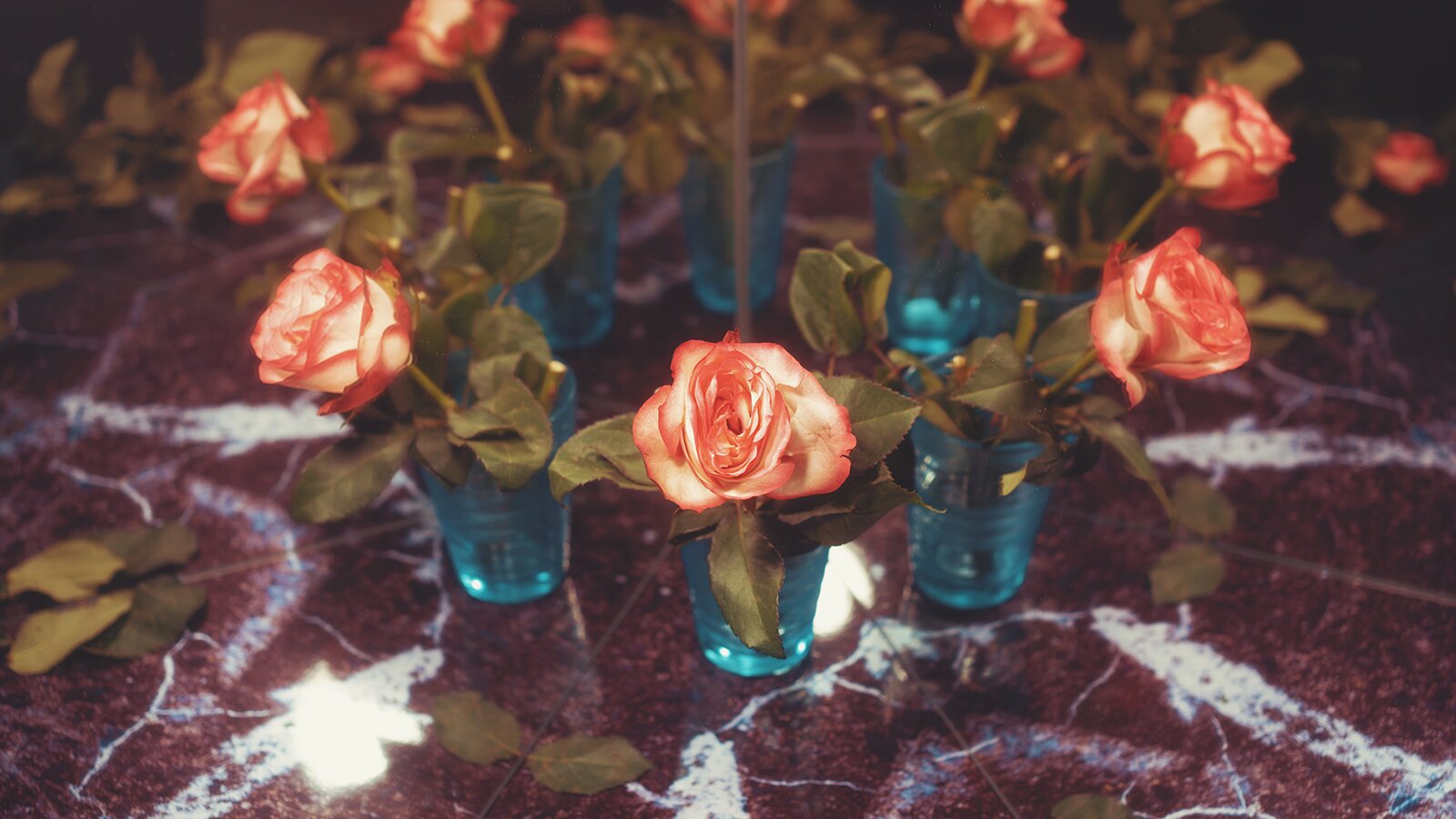At around 18-24 months of age, humans begin to understand mirrors and recognize their own reflection. This is an important milestone in human development that is linked to self-awareness and cognitive abilities such as empathy and perspective-taking.
My wife used to have a small dog. Whenever he walked through the hallway, he kept as great a distance as possible from the hall mirror, ran past it as fast as he could, and even looked away.
The mirror was mighty scary to him. And as sweet as this story is, to this day I find it hard to fully understand mirrors myself. I thought this might be the case, because I sometimes confuse left and right (sorry to everyone who asked me for directions to the station).

First things first
When light hits a smooth surface, like a mirror, it bounces off at the same angle it hit the surface. This is called reflection. So, when you stand in front of a mirror, the light from your body bounces off the mirror and into your eyes, allowing you to see a reflection of yourself.
Input angle equals output angle
A mirrored image is flipped horizontally. When we see an object in a mirror, it appears to be a flipped version of the original object. For example, if you hold up your right hand in front of a mirror, the image in the mirror will appear to be your left hand.
Confusion may arise because some people think of the mirror image as being flipped left to right, but it is actually flipped horizontally. This means that the right side of the object in the mirror appears on the left side of the mirror image, and vice versa.

Contrary to popular belief, mirrors don't reverse left to right, they reverse front to back.
Consider this, when you look at yourself in a mirror, it appears to you that your reflection is another person who looks just like you standing behind a piece of glass, at the same distance from the glass as yourself and facing you.
Now the left hand should be opposite your right hand, and vice versa. But this assumption is wrong. Your reflection didn't do a 180 degree turn. It was reversed front to back with no rotation at all.
Maybe it helps if you remember how it is to remove a disturbing hair on your own head with the help of a mirror. You place the scissors certainly in front of or behind the hair and do not hit it directly, because the front to back reflection tricks your eyes.

I have mentioned this before in this blog article that it's common for people to be surprised or even feel like they look wrong in photographs because they are used to seeing themselves in the mirror. When we see ourselves in the mirror, our brains are used to processing the image as a mirrored version of our appearance, which can make our facial features appear slightly different from how they appear in photographs.
There's more magic to mirrors
Have you ever stood in a dressing room at a clothing store and thought you looked great? I often notice this because I am relatively short and look slim and tall in some stores.
Their mirros had been bent into a concave shape. A concave mirror is curved inward, and it has a surface that bulges inward like a bowl. With such a shape light rays are angled toward the center of the mirror, which creates a more narrow image.
Mirrors are a great thing in photography. I like to use them. Through the reflection you can completely change the feeling of space and create surprising new moments.
Maybe someone still knows the classic peep show from the former red light districts. There, too, mirrors were used in a very exciting way. I have tried to get such a place as a location for a shoot, but unfortunately I have not succeeded so far.
But if you want to have explained exactly how it all works, I will always refer you to this blog article, because now I'm all dizzy from all the reflections in my mind.

